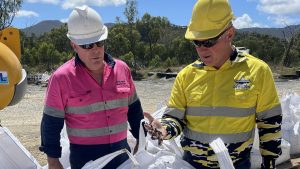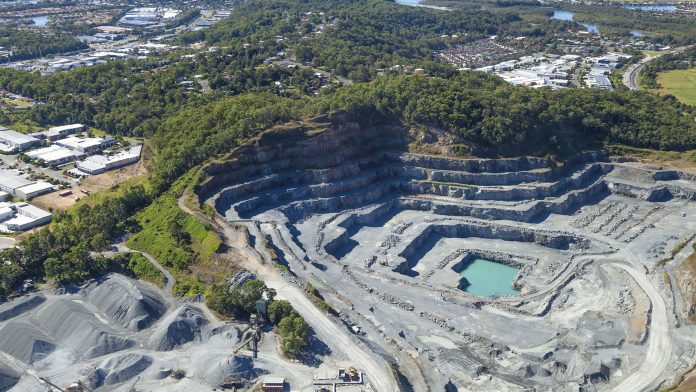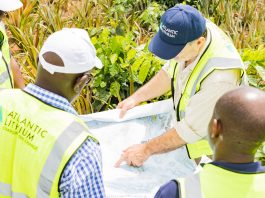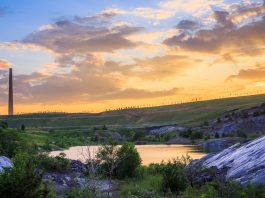The Innovation Platform spoke to Scott Stewart, Queensland’s Minister for Resources, to learn how the state is acting on its vast potential in the critical minerals sector.
Situated in northeastern Australia, the state of Queensland hosts an abundance of critical minerals needed to reduce carbon emissions and decarbonise the global economy. Whilst Queensland is well known for its critical mineral deposits for base metals such as copper, lead, and zinc, the state holds great potential for the development of other critical minerals, such as battery metals and rare earth elements (REE).
In a drive to accelerate the development of critical minerals within Queensland, the Queensland Government recently introduced the Queensland Critical Minerals Strategy, which followed the release of the Australian Government’s Critical Minerals Strategy. The Queensland Critical Minerals Strategy builds on the Queensland Resources Industry Development Plan (QRIDP), which provides a 30-year roadmap to ensure the ongoing creation of jobs and prosperity from Queensland’s resources industry, as well as bringing a clear focus to the development of a critical minerals sector. The strategy also builds on other key Queensland plans to provide an integrated framework for new industries to be developed, sustainable economic growth, and to align the state’s efforts to respond to climate change and decarbonising the economy.
To learn more about how Queensland is working to accelerate its critical minerals sector, Editor Georgie Purcell spoke to Scott Stewart, Queensland’s Minister for Resources.
What potential does Queensland have for critical mineral exploration and development?
There is huge potential for Queensland to be a world-leading jurisdiction when it comes to the critical minerals sector. We have the resources below the ground and the people above it to supply these minerals that the world is demanding as it decarbonises.
During a trade mission to South Korea this month, we were told how important Queensland’s resources will be in the future. We know there are huge opportunities for our resources on the world stage and it was exciting to hear that firsthand. This is why, as a government, we are backing projects like the A$5bn Copperstring 2032, because it has the potential to unlock A$500bn in critical minerals deposits.
We are also building the Queensland Resources Common User Facility in Townsville, which will allow operators to prove up their projects. Initially, this facility will focus on vanadium processing which is needed for large grid-scale batteries.

The Queensland Critical Minerals Strategy has recently been released. Why was this developed and what could it mean for Queensland’s economy and its role in the global critical minerals supply chain?
The Queensland Critical Minerals Strategy was developed to help resources companies develop critical minerals projects.
One of the key components of this is the reduction of rent for new and existing exploration permits for minerals to A$0 for the next five years, which is worth about A$55m. This will help encourage investment into exploration, which is the lifeblood of the resources industry.
As a government, we have already had an overwhelmingly positive response to this and the strategy overall. We know there are great opportunities to create thousands of good jobs in the critical minerals sector moving forward.
How are you encouraging investment to the critical minerals sector?
As part of the A$245m strategy, we are establishing Critical Minerals Queensland – a one-stop office to oversee the development of the sector and help drive and attract international investment.
We will also establish critical mineral zones, initially at Julia Creek/Richmond and around Mount Isa, with A$75m to support investment and a renewed focus in advancing critical minerals projects.
We want to see critical minerals processed in Australia and manufactured onshore into components like batteries because, as a government, we know that if we don’t manufacture our future, someone else will.
Please note, this article will also appear in the fifteenth edition of our quarterly publication.









